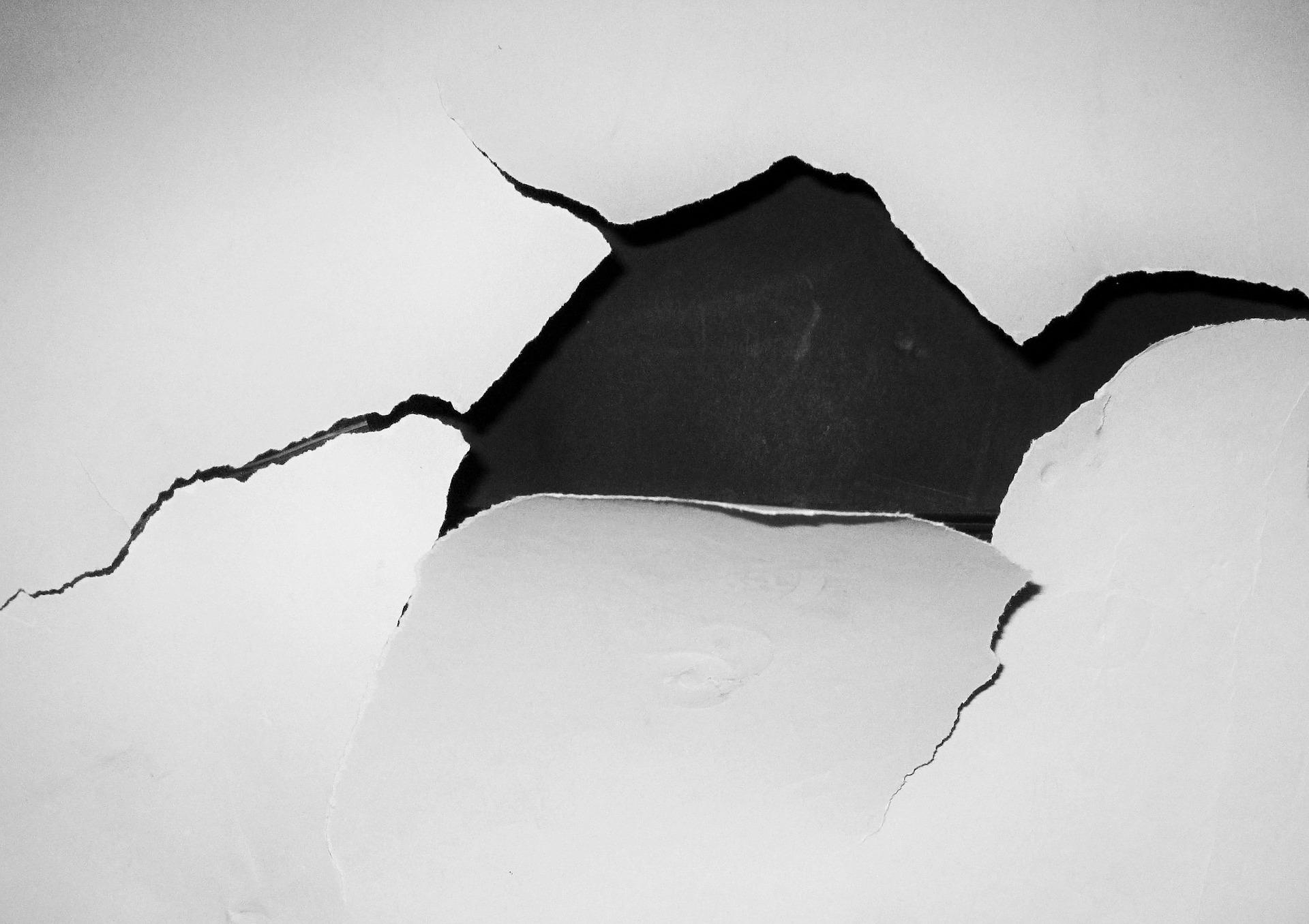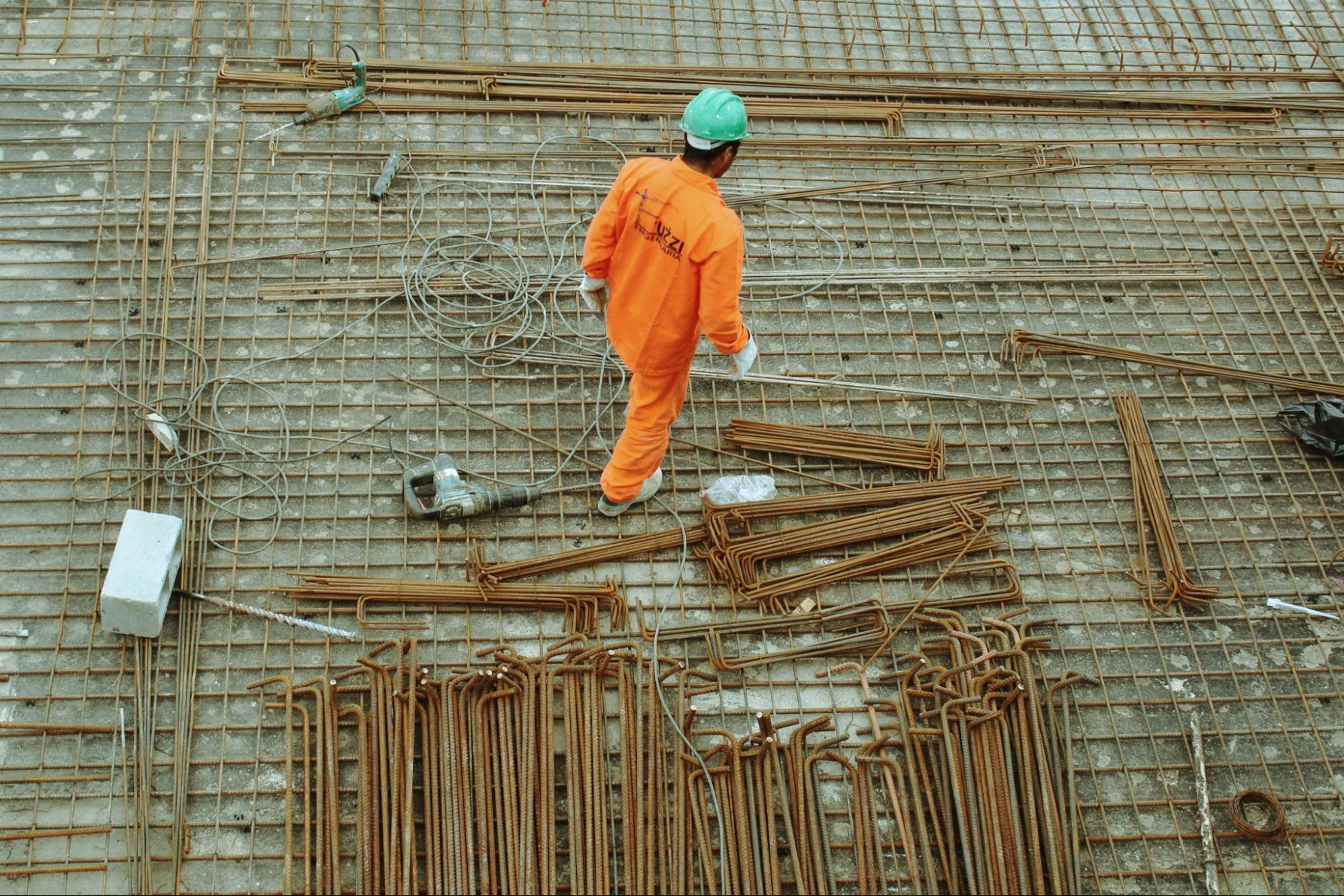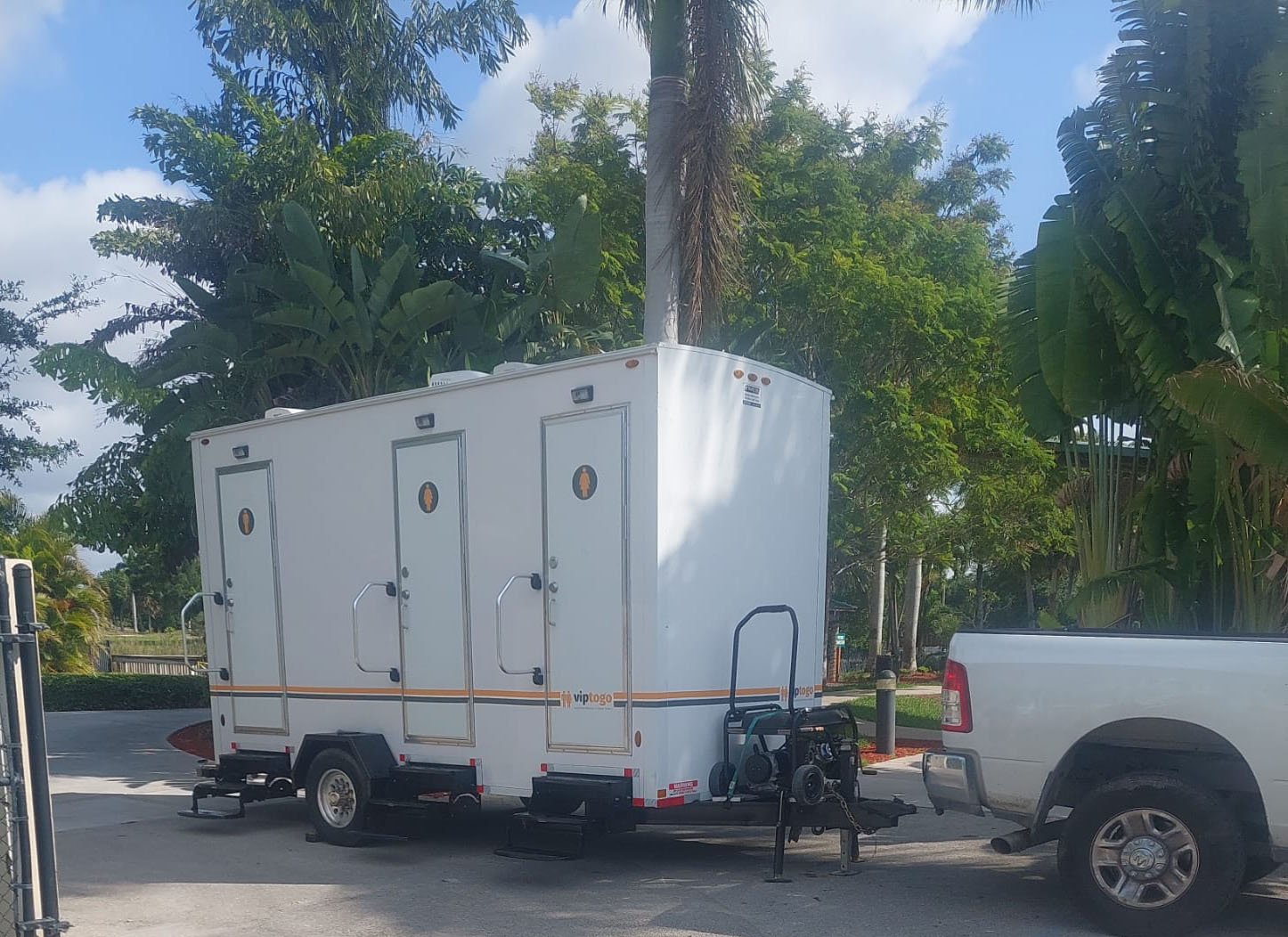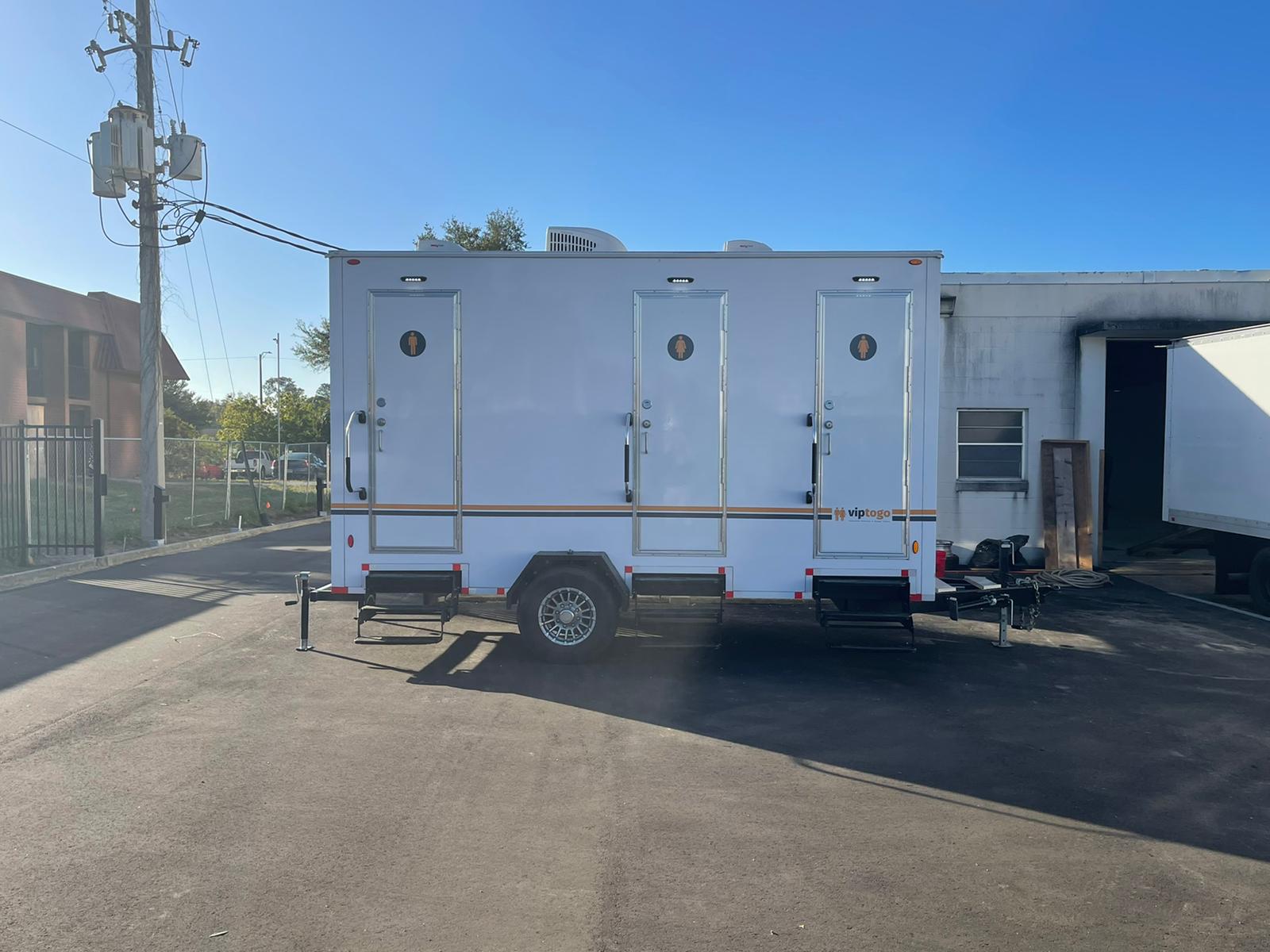
Developer Liability for Construction Defects
Construction is used for various purposes, whether constructing a ten-story office building or a creative remodeling of an old home. Regardless, there is the potential for mishaps along the way, from structural deficiencies to issues with the exterior paint job.
Especially if you are the primary builder or contractor on the job, knowing the common defects that develop in building construction and who is liable is essential. Furthermore, learning how to avoid liabilities and costly expenses is crucial to maintaining a strong reputation as a contractor of choice.
Below, you will find information regarding types of building deficiencies, the range of limitations regarding liabilities, how to minimize defects, and more.
What is Construction Defect?
There are two main types of common defects in building construction: patent and latent. What exactly are patent and latent defects in construction, though?
-
Patent. Patent defects refer to clear and evident defects, even to those with no construction experience. They can be visibly seen by the naked eye. For example, stucco cracking or holes in a wall are examples of patent defects.
-
Latent. On the other hand, latent defects in construction refer to issues that are not so quickly caught. Sometimes, these issues will not expose themselves for years after the construction job. A good example is faulty plumbing or roofing. Over time, these deficiencies can become evident, often after causing damage to other existing structures of the building or residence as well.
Types of Construction Deficiencies

There are multiple types of deficiencies that can occur within the realm of construction. Below are the three most common types.
Design deficiencies describe flaws on the architectural or engineering front. For example, the designs may not meet specific code specifications, resulting in drainage issues or inadequate foundations.
Material deficiencies can arise from the use of inferior building materials. Eventually, subpar materials can wreak havoc on a building or structure, leading to leaking windows, failing drywall, and issues with the roof.
-
Deficiencies in Workmanship
Workmanship deficiencies directly reflect the quality of someone’s work, whether they’re creating the foundation, setting up the electricity for the unit, or setting up the plumbing. Poor quality workmanship can lead to substantial issues, such as faulty wiring, wonky foundation, and leaks.
Construction Defect Litigation

When one of the common defects in building construction arises from faulty construction practices, property owners can pursue compensation to fix the issue and recoup their losses. This is an excruciatingly long and costly legal process that all contractors should strive to avoid.
Liability For Defects in Construction
When a situation arises in which case a construction defect litigation is being pursued, it is vital to know the ins and outs of construction defect law.
Keep in mind that every state will have its own set of rules for statutes of limitations. Consider visiting your local construction defect law firm to find more in-depth information regarding your state laws.
Otherwise, here is a brief breakdown of liability for defects in construction.
The contractor or developer’s obligations are clearly laid out in the contract. The person(s) are responsible for the bulk of the project, which includes hiring subcontractors, ordering materials, putting together the plan of action, and determining how long the construction will take.
When any of the items listed in the contract are not fulfilled, a breach of contract suit can be filed. Other claims can be made for negligence on the contractor or developer’s behalf due to patent or latent defects that become apparent.
Since latent defects are unlikely to be caught until several years down the road, the contractor remains responsible for any issues that arise for a predetermined amount of time. For example, the California contractor’s ten-year warranty ensures that a home can be fixed or remedied up to 10 years after the initial job.
Keep in mind that general contractors may not always be liable, especially if they follow the construction contract strictly. A “construction defect exclusion” mapped out in construction defect insurance may prove that the defect was caused by accident and not intentional by the contractor, and therefore the contractor is not held responsible.
The subcontractor may be just as responsible as the contractor in litigation. However, they will only become involved if an additional suit is made by the contractor against the subcontractor. Most of the time, a lawsuit brought against a subcontractor is directly related to a breach of contract or knowingly performing a task that would cause defects.
A manufacturer may find themselves in a lawsuit if their installed product does not work as intended. For example, faulty water sealants causing a leak refers to issues with manufacturing rather than the contractor. In cases such as these, contractors and subcontractors are not held responsible.
Contractors, subcontractors, and manufacturers will not be held responsible for improper designs or defects brought on by the architect or engineer. For example, a miscalculation of weight resulting in structural failure can bring a lawsuit to the architect or engineer rather than the contractor.
However, whether or not a contractor or subcontractor is held responsible depends on what the construction defect relates to. For instance, it may not be evident if it was a construction or architectural error initially. In this type of circumstance, a contractor is brought into litigation until it is proved that the error was, in fact, architecturally or engineered-driven.
Insurance Coverage Is Critical
The best way to prepare for the potential contractor and developer liability for construction defects is to be protected with solid insurance coverage. Insurance can help cut down on costs should you lose the litigation. It can also open the opportunity for specific exclusions, which keeps you off the hook financially.
Importance of Minimizing Defects

Taking an active approach to minimize common defects in building construction is critical for many reasons, including:
-
Legal issues. Nobody wants to find themselves going through a painstaking construction defect lawsuit. It’s best to avoid it at all costs.
-
Reputation. Someone looking for a contractor or developer to perform their next construction job will want to work with someone that isn’t riddled with construction defects lawsuit issues. To save your reputation and encourage business, minimize defects as much as possible.
-
Financial aspect. Last but not least, hiring construction defect attorneys is pricey. Whether they’re fighting your case or trying to fix construction defect insurance coverage issues, you can expect to pay a relatively high amount. It’s best to save yourself the hassle and strenuous financial requirements of faulty construction lawyers.
‘Standard of Care’ – How to Minimize Defects
In a lawsuit, a judge will consider how the work delivered compares to the industry standard. Standard of care essentially refers to the average standard for how another professional would have handled the job or situation. If the work provided falls below the standard, the contractor will likely be held responsible.
How can you ensure you’re offering the professional standard of care? Be aware of standard practices and stay up to date on updates in the industry. There are also several measures you can implement to make sure that the level of work you provide is up to par. Here are several quick ways to ensure that you proactively minimize the risk of defects in your work:
-
Quality control. Ensuring you, your subcontractor, and everyone involved in the project is doing top-notch work is critical. Use the best materials and do not try to cut corners to finish a job quicker or save on costs as this may hurt you in the long run. Always remain compliant with building codes and specifications. Regularly review work that is done by your employees and subcontractors to ensure that it was done correctly.
-
Communication. Ample communication is critical, whether between the contractor and their crew or the contractor and the property owner. This allows everyone to know what’s going on with the project. The contractor or owner can be vocal about their opinions and concerns before the project is completed, allowing time for fixes along the way.
-
Documentation. Any housing & construction defects lawyer will tell you that documentation is crucial, especially if a lawsuit comes your way. Proper documentation, such as original contracts for a job, which materials were used, and where materials were placed, can disprove any potential claims in court.
-
Modern technology. Technological advancements are continuously being released. Such improvements include robotics and 3D printing, which can be used within the construction realm to cut down on defects by automating fabrication, robotic welding, and more straightforward checking of flaws within 3D printed materials.
How VIP To Go Can Help

At VIP To Go, we understand the needs of contractors across the nation. That is why we pride ourselves on offering a wide selection of outdoor toilet trailer rentalsand shower trailers to suit your construction needs.
Whether you’re remodeling a home, creating a community, or adding a second story to an office building, we’re here to help.
While we can’t stop common defects in building construction, we can do our part to minimize defects by ensuring a comfortable, cozy, and accommodating spot for construction workers and managers to sit back, relax, and answer Nature’s Call in comfort.
Final Words
There are many common defects in building construction, from patent design flaws to latent workmanship issues. Regardless of the defect, the last thing you want to do is be met with a lawsuit. Ensure you are adequately insured and are proactive about minimizing defects in your construction jobs. And don’t forget a high-quality portable potty trailer to see you through your projects.
